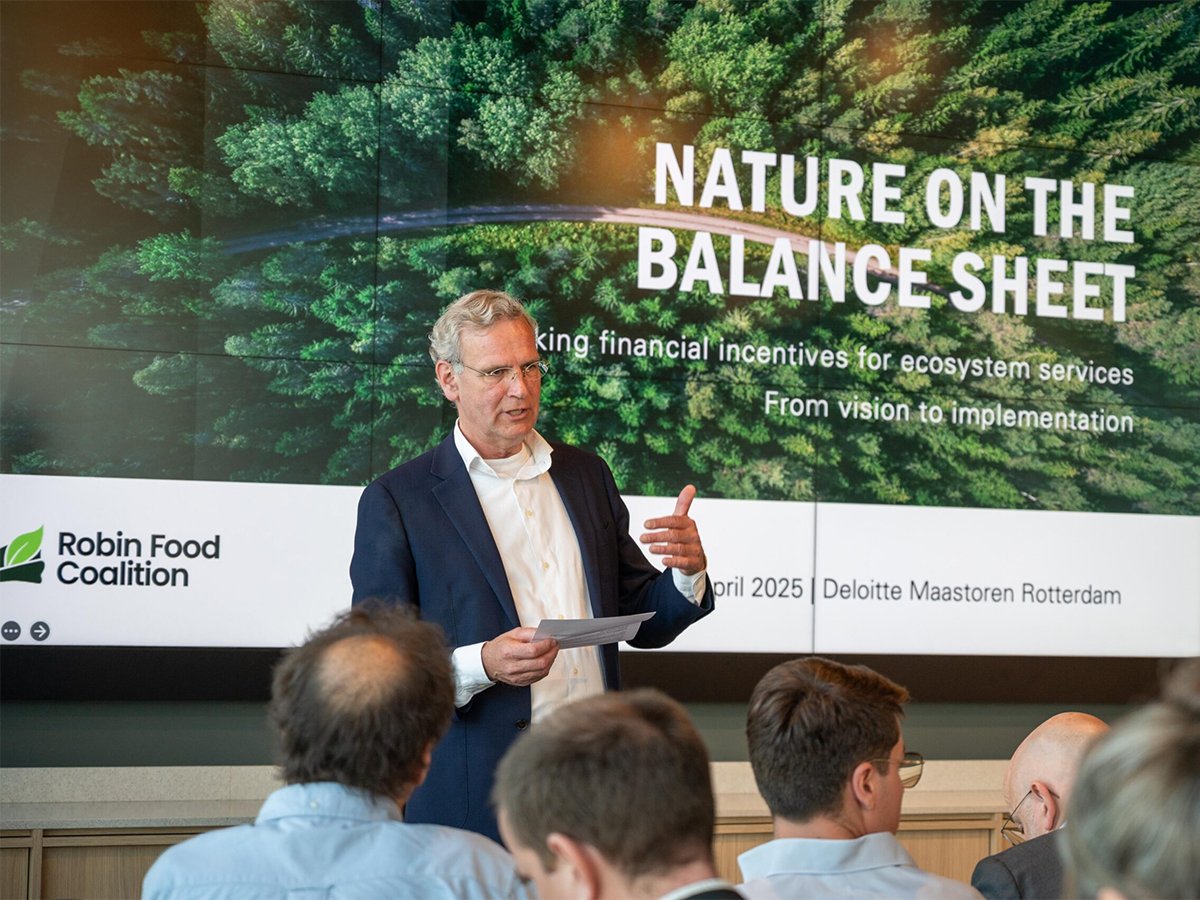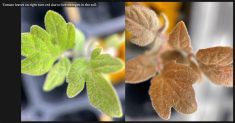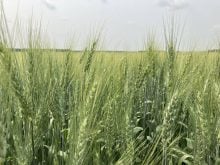SASKATOON — Phosphate prices are likely to remain elevated, according to one of the world’s leading suppliers of the product.
“The prices have to come up in order to make demand meet the supply,” Bruce Bodine, president of the Mosaic Co., said during the firm’s third quarter 2025 earnings call, according to a Seeking Alpha transcript.
Why it Matters: Phosphate is a key nutrient for growers in Western Canada.
Read Also

Activist urges new way to measure profitability
Organic activist praises Mark Carney for spearheading the Task Force on Climate-related Financial Disclosures.
China is exporting far less of the nutrient due to rising demand from its domestic agriculture sector and its lithium iron phosphate (LFP) battery industry.
China’s LFP production in 2025 is running 40 per cent above the previous year.
Mosaic is forecasting a 1.5 million tonne drop in Chinese phosphate exports in 2025.
Shipments to the U.S. market through October were down 1.1 million tonnes, a 36 per cent reduction. By the end of the year, they will be down 1.3 million tonnes.
Demand will have to be constrained due to the lack of supply, and Bodine does not expect that scenario to change anytime soon.
The first time he sees more supply is 2028 as production increases by OCP Group and Saudi Arabian Mining Company hit the market.
Jenny Wang, Mosaic’s executive vice-president of commercial, said U.S. farmers are “cautious” heading into the winter fill period due to their economic circumstances.
Sales could be deferred from the fourth quarter of 2025 to the first quarter of 2026 as farmers wait for a government payment. Mosaic does not know when that payment is coming or how much it will be.
The other wild card is the weather. If it is dry and warm in November and December, then farmers will be eager to get some fertilizer on the ground before the snow flies.
Wang said there has been significant removal of phosphate and potash from the soil due to big crops in North America and Brazil, and farmers know those nutrients need to be replenished.
China’s commitment to purchase more U.S. soybeans and wheat should encourage more fertilizer activity in that market.
Brazil’s growers are having to navigate tighter credit availability and higher interest rates, but fertilizer demand is still growing due to a strong soybean export program to China and forecasts calling for expanded acreage in the upcoming seasons.
Nutrien, Mosaic’s competitor, has initiated a strategic review of its phosphate business, which could include reconfiguring operations, forming a strategic partnership or selling the business.
Phosphate is by far the smallest of the company’s four business units, contributing US$275 million of earnings before interest, taxes, depreciation and amortization (EBITDA) through the first nine months of 2025.
That compares to $1.8 billion for potash, $1.6 billion for nitrogen and $1.4 billion for agricultural retail.
“It’s only contributing about six per cent of our EBITDA,” Nutrien president Ken Seitz said during the company’s third quarter 2025 earnings call with investment analysts.
The company intends to “solidify the optimal path” for its phosphate business in 2026.
Potential buyers include Mosaic, Israel’s ICL Group, Germany’s K+S AG or private equity investors, according to a mining.com article.
Nutrien’s potash division is valued at about $2.4 billion, according to RBC Capital Markets.
Nutrien recently sold its stake in Sinofert Holdings Ltd., a major Chinese fertilizer distributor, and is in the process of divesting its interest in Profertil S.A., an Argentine nitrogen producer.
It is also selling smaller assets in South America and Europe.
All those sales are expected to generate a combined $900 million in proceeds for the company.
















